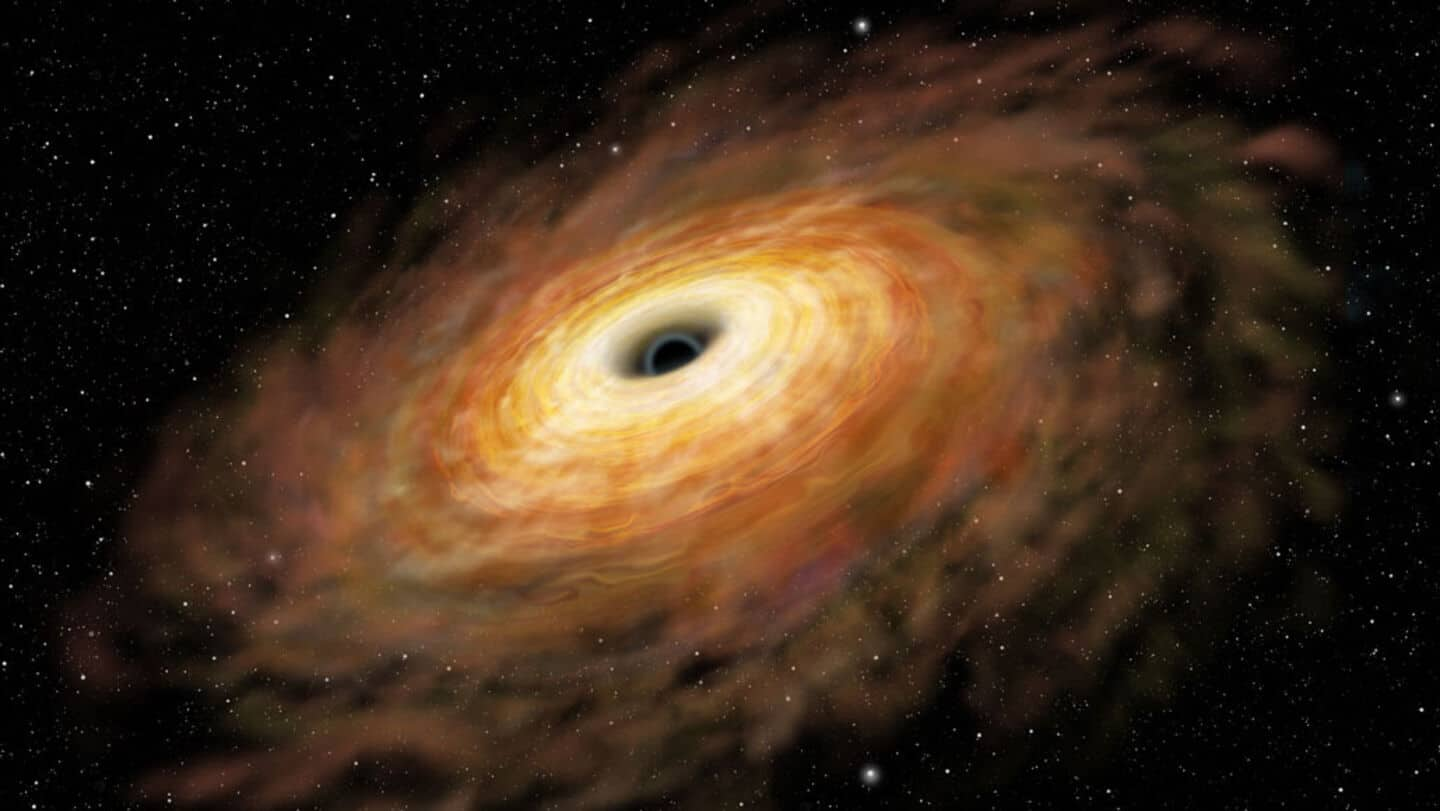
Scientists find first black hole roaming alone in space
What's the story
In a groundbreaking discovery, astronomers have confirmed the existence of a solitary black hole in the Milky Way.
The unprecedented find was made possible through gravitational lensing, a phenomenon where an object's intense gravity bends light from background stars.
The newly identified black hole lies some 4,958 light-years away in the constellation Sagittarius, and has a mass roughly seven times that of our Sun.
Detection
Characteristics and detection
Unlike other black holes usually detected by their interaction with companion stars, this one had none of those signs.
There were no orbiting companion stars, X-ray emissions, or accretion disks to indicate its presence.
The only indication of its existence was the strange warping of spacetime it created as it flew in front of distant stars, bending their light in a process called gravitational lensing.
Identification
The journey to identify the black hole
However, the road to finding this lone black hole wasn't easy.
It first emerged in data in 2011 from two different surveys: Optical Gravitational Lensing Experiment (OGLE) and Microlensing Observations in Astrophysics (MOA).
Eight observations over six years were conducted by the Hubble Space Telescope to see how much starlight was warped.
Photometry data from 16 different telescopes and spectroscopy observations at peak amplification were also collected, all indicating a lone black hole of roughly seven solar masses.
Confirmation
Revised analysis and confirmation of identity
A 2022 analysis with more Hubble data suggested a neutron star as a more likely candidate.
However, further studies—including another from a neutron star team—gave more credence to the black hole explanation.
The research team behind the discovery said, "Our revised analysis...leads to results that have higher accuracy but are consistent with our previous measurements and our conclusion that the lens is a stellar-mass black hole."